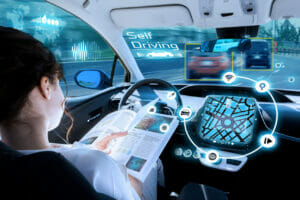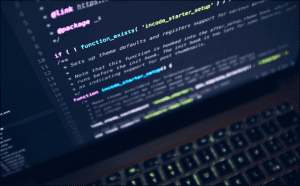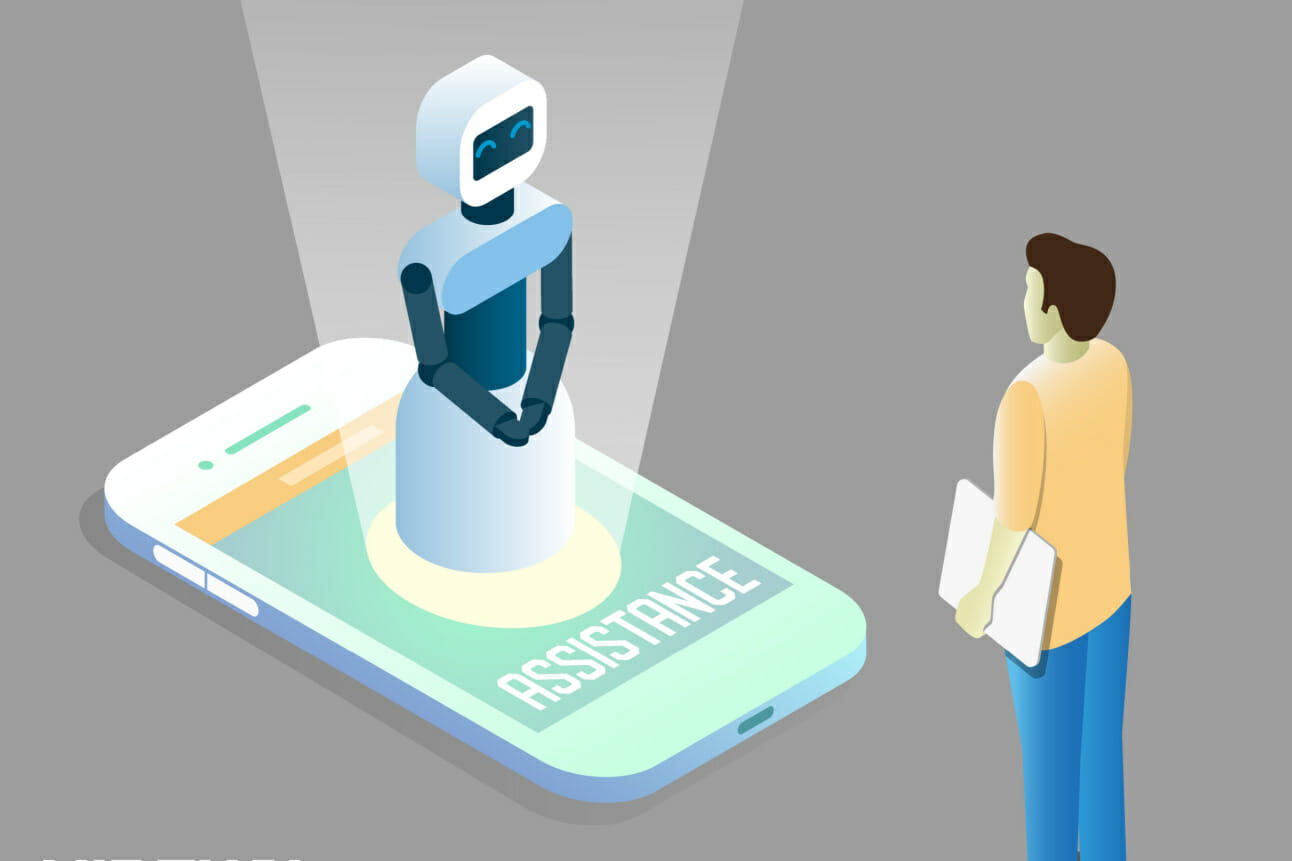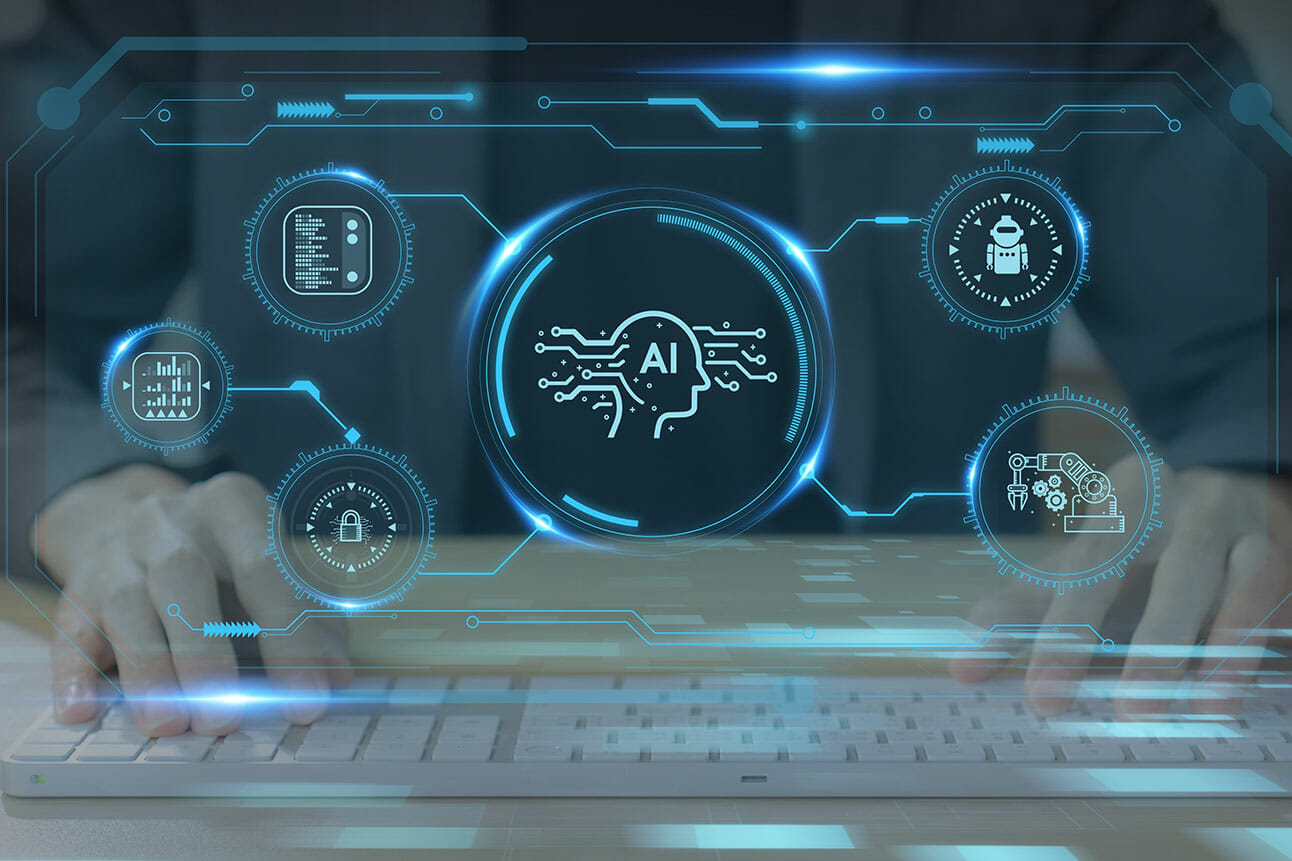
The Importance of Training Data for Autonomous Vehicles
Creating fully autonomous vehicles has been a hot topic in artificial intelligence and machine learning industries for a while. Waymo introduced Waymo One, a self-driving taxi service in 2020, marking significant progress in autonomous vehicle technology. This was followed by Alibaba’s AutoX in Shenzhen where they released a fleet of completely autonomous vehicles without any safety drivers onboard. Doubtlessly, driverless cars will soon dominate city streets, navigating around pedestrians, bicycles, and public transportation. However, this can’t turn into a reality without quality data to continually improve the capabilities of these vehicles. This is where we at Opporture come into the picture. With our skilled professionals and state-of-the-art tech, we have all that it takes to build the future of AVs! Self-driving cars equipped with AI and sensors are rapidly replacing human drivers. However, how do driverless cars use this information? This is the most important application of machine learning for the automotive industry. Data- The New Fuel for Driverless Cars Autonomous vehicles require adequate data sets for training to accurately detect different objects and navigate to their destinations without human intervention. The most common use case currently involves autonomous driving, thanks to the advancement of computer vision tech and the growing intelligence of the travel ecosystem. AV systems have the highest data requirements compared to other AI uses. The dominant paradigm for algorithmic models of autonomous vehicles is based on monitored deep learning. Large amounts of training data are used to train a deep neural net, an autonomous teaching method. The algorithm learns to recognize a pattern over time and uses that knowledge to develop a model that can accurately predict the input. By being exposed to massive amounts of training data, computers learn to recognize things like people, signs, and cars. In the case of AVs, the algorithm is trained to recognize crucial features of an image, such as gradients, edges, and potential information, to identify specific surroundings. Collecting sufficient structured data to enable fully autonomous vehicles remains a formidable obstacle. Real-time data processing from sensing devices is a significant challenge for autonomous vehicles. Source of the Data Used to Train Self-Driving Cars To ensure the safe operation of AI-powered vehicles on roads, it is necessary to train them to accurately identify a wide range of objects and features, including but not limited to signages, other vehicles, and road markings. You must use high-quality training data for your ML and DL models to produce reliable results. To be truly autonomous, vehicles need to be equipped with AI systems trained on every conceivable scenario they could encounter. It should be able to identify objects and consider environmental factors to generate reliable vehicle behavior. Significance of annotating data Annotating data is a crucial part of this process because it aids in teaching ML models to identify and make sense of the various roadside features and objects. Machines will gain comprehension of the world thanks to the annotation of data. Annotation scenarios for autonomous driving typically involve maneuvers like switching lanes to pass slower vehicles, passing through intersections, making unprotected left and right turns without the benefit of a traffic light, and dealing with more complex long-tail scenarios like drivers who disobey traffic signals, pedestrians crossing the street, and illegally parked cars. Importance of images Images are used to create these training datasets, with objects precisely annotated for accurate detection. Images captured by a camera are used to compile training data, with the pictures being correctly labeled and categorized to be used as a basis for further analysis. Images with labels or annotations help teach computers and machine learning systems how to carry out specific tasks. But collecting such high quantities of datasets to tackle every edge case precisely is a challenge. And a variety of image annotation methods exist for generating such databases. To name a few illustrations: Using bounding boxes to annotate images makes spotting objects within a single image easier. It is typically annotated in a rectangular or square shape so that machines can easily detect and identify individual objects. An additional method for detecting objects based on their dimensions is 3D cuboid annotation. Using this method of annotating images, computer vision can determine an object’s actual size. With the help of the image semantic annotation methodology, objects can be shaded so that AI models that rely on visual perception can identify them. The AI-powered LiDAR sensors in autonomous vehicles are trained with the help of a 3D Point Cloud Annotation technique. It’s helpful in sorting out the various kinds of lanes on the road in 3D point cloud maps. Procuring the Data for Self Driving Cars Multiple sensors and devices are used by autonomous vehicles to detect and understand their environment. The primary examples include: 1. Camera The vehicle’s cameras can capture 3D and 2D videos as well as photographs. Autonomous cars are equipped with numerous cameras to have a comprehensive view of their surroundings. Some devices have a wide-angle view of around 120 degrees, while others are designed specifically for long-distance observation and have a narrow field of view. Parking lots can benefit significantly from fish-eye cameras due to their wide angle of view. 2. Radar Important information for the vehicle’s detection, tracking as well as motion detection can be provided by a well-equipped radar. Together, these contributions allow for the construction of a complete picture of the evolving environment around the vehicles. 3. Light Detection and Ranging (LiDAR) LiDAR is one of the critical inventions used to create autonomous vehicles. Light detection and ranging (LiDAR) sensors work by sending out light pulses and measuring how far those pulses travel before returning to the sensor. The 3D Point Cloud generated by the LiDAR is a digital depiction of the natural world as seen by the vehicle. Together, they provide an unobstructed view of the road ahead for the vehicle. They give the car a better idea of the distance, velocity, and 3D shape of things in its immediate vicinity. Furthermore, inertial measurement units are being integrated
















